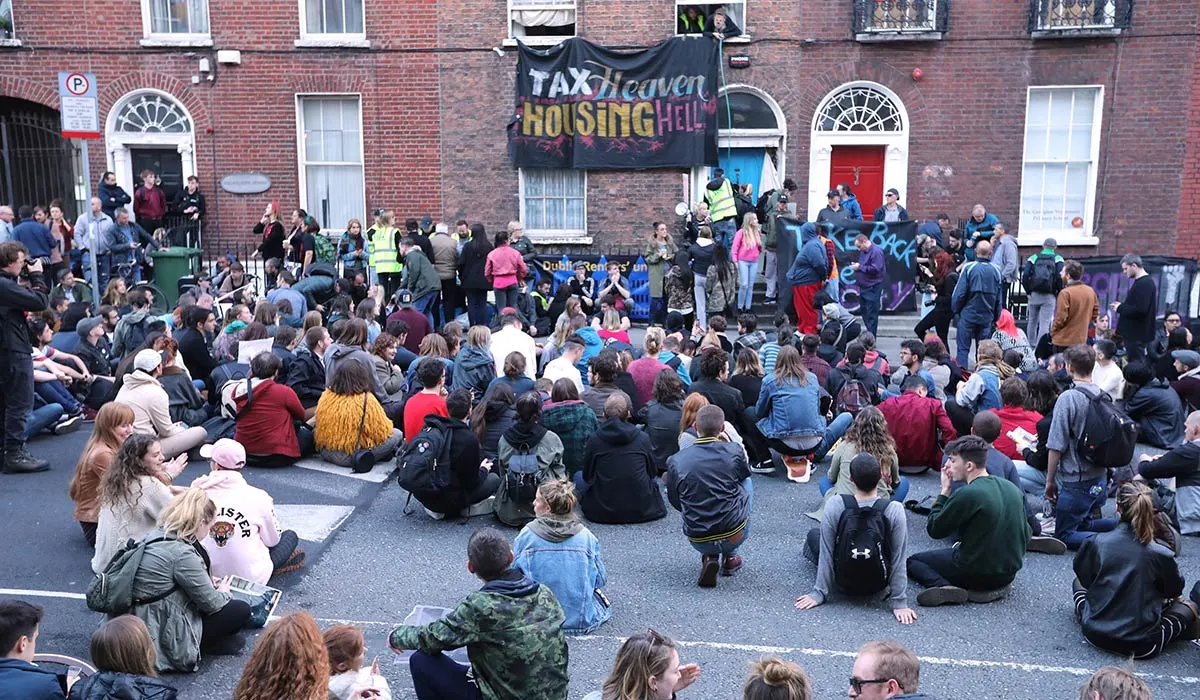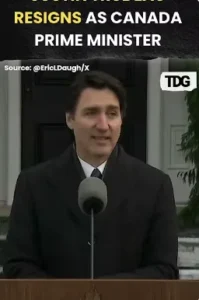The 2025 federal budget has been a focal point of discussion, with much attention given to tax cuts and economic initiatives. However, what is not included in the budget is just as significant as what is. This year’s budget, being a small pre-election financial plan, has left out several crucial areas, ranging from welfare support and mental health to environmental conservation and university funding.
Welfare Support: Overlooking the Most Vulnerable
Despite the surprise tax cuts providing relief for many Australians, those relying on income support payments have largely been ignored. The most striking omission is the failure to increase jobseeker payments, which remain below the poverty line. The government’s own Economic Inclusion Advisory Committee had recommended raising the jobseeker rate to 90% of the aged pension, but this suggestion was not adopted. Advocacy groups had pushed for an increase, emphasizing the necessity of supporting the unemployed, yet their calls were unmet in this budget.
Rental Relief: No Help for Struggling Renters
Housing affordability remains a pressing issue in Australia, but this budget failed to offer any rental relief measures. Unlike last year’s budget, which increased commonwealth rent assistance rates, this year’s budget made no adjustments. The previous increase helped moderate rental price hikes by 1.3%, but the lack of new support could leave many struggling to afford housing in an already tight market.
Mental Health: A Neglected Priority
Mental health advocacy groups and health professionals have voiced concerns over the budget’s lack of meaningful investment in mental health services. Dr. Elizabeth Moore, President of the Royal Australian and New Zealand College of Psychiatrists, criticized the government for failing to expand the psychiatric workforce or provide adequate funding for mental health care. The Australian Association of Psychologists echoed this sentiment, stating that despite the government’s claim of making the largest investment in Medicare since its inception, mental health remains largely ignored. Without increased funding, those in need of psychological support may continue to struggle to access necessary services.
Preventive Health: The Absence of a Sugary Drink Tax
Preventive health measures are another significant gap in the budget. The Australian Medical Association expressed disappointment in the government’s failure to introduce a sugar-sweetened beverage tax, a recommendation from the parliamentary inquiry into diabetes. The Public Health Association of Australia also noted that the budget follows a longstanding trend of prioritizing treatment over prevention. Public hospital funding has increased by 12% within a year, but without investment in preventive measures, the demand for healthcare services is unlikely to decrease.
Higher Education: The Jobs-Ready Graduates Scheme Remains Unchanged
The controversial Jobs-Ready Graduates (JRG) scheme, implemented in 2021, remains a point of contention. This policy increased tuition fees for humanities courses while reducing fees for others, leading to an overall funding reduction of $800 million annually for universities. Despite widespread criticism from students, universities, and political parties, the government has chosen not to reform the scheme in this budget. The university sector has called this decision a missed opportunity, emphasizing the need for fairer student funding and lower university costs.
The Arts: Minimal Support for the Creative Sector
The arts sector, often overlooked in federal budgets, saw little improvement this year. The primary investment was an $8.6 million extension of the Revive Live program, supporting Australia’s live music venues and festivals. While welcomed, arts organizations argue that this funding is insufficient to provide comprehensive support for all creative industries. The Save Our Arts campaign has called for increased local content quotas for multinational streaming services and new protections for Australian artists against AI-generated content.
Environmental Protection: A Severe Underinvestment
Environmental advocates have raised alarms over the minimal budget allocation for conservation efforts. The Australian Conservation Foundation found that less than one cent of every dollar in the budget was dedicated to protecting nature. Aside from a $3 million captive breeding program for the endangered Maugean skate, no new funding was allocated for threatened species.
Additionally, while the government announced a $250 million “Saving Australia’s Bushland” program to help meet a target of protecting 30% of land by 2030, environmental experts estimate that at least 20 times that amount is required to achieve this goal. The Biodiversity Council has stated that $2.3 billion annually would be needed to protect Australia’s over 2,000 threatened species from extinction. Without significant investment, crucial ecosystems will continue to deteriorate, endangering wildlife and human livelihoods alike.
Information and Privacy: Inadequate Support for the OAIC
The Office of the Australian Information Commissioner (OAIC), responsible for privacy and freedom of information, received $14 million in funding, but budget documents indicate that base funding will decline in the coming years. By 2028-29, the agency’s budget is expected to decrease to $26 million, despite its growing responsibilities in overseeing digital IDs, investigating privacy breaches, and handling freedom of information requests. The agency has already faced staff reductions, raising concerns about its ability to meet increasing demands with limited resources.
The Bigger Picture: Missed Opportunities and Long-Term Consequences
The omissions in the 2025 federal budget highlight a lack of investment in areas critical to Australia’s long-term well-being. The decision to prioritize immediate tax cuts over essential social services, health initiatives, education reform, and environmental conservation may have lasting consequences. Addressing these gaps will require strong advocacy and potential policy shifts in the coming years. As the federal government moves closer to elections, the pressure to rectify these oversights will only grow.
Ultimately, while the budget includes measures aimed at economic relief, its failure to address key social and environmental challenges has left many Australians questioning whether their needs and concerns are truly being considered in the nation’s financial planning.























